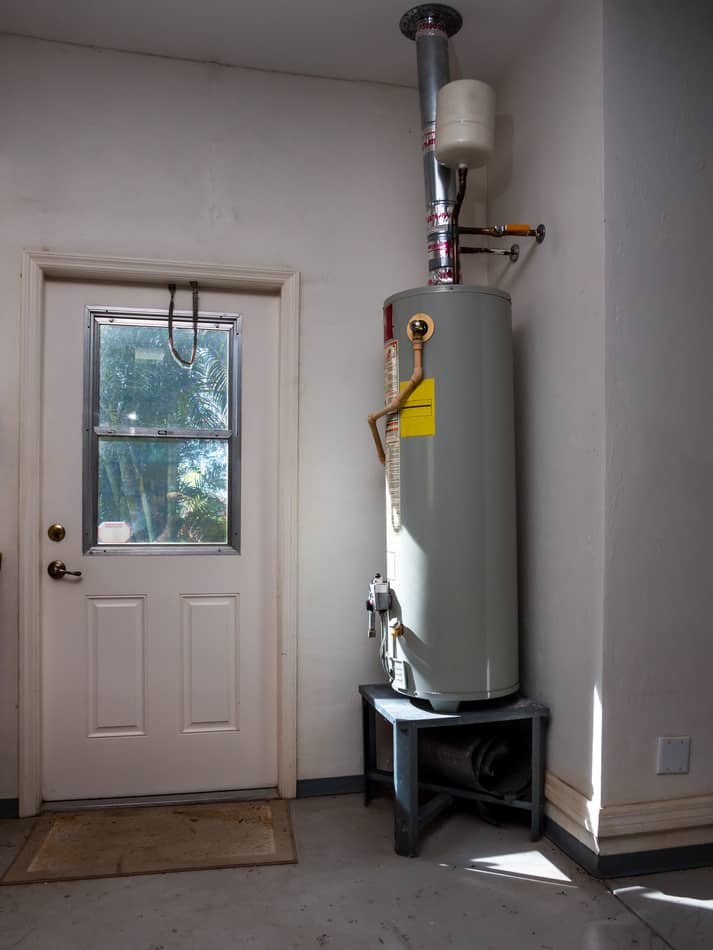Effective Strategies for Maintaining Your Home's Hot Water SystemSteps on How to Care for Your Home's Hot Water System Effectively
Effective Strategies for Maintaining Your Home's Hot Water SystemSteps on How to Care for Your Home's Hot Water System Effectively
Blog Article
What are your thoughts and feelings about Tips on Maintaining a Water Heater?

Hot water is crucial for day-to-day convenience, whether it's for a rejuvenating shower or washing dishes. To ensure your warm water system runs effectively and lasts longer, normal maintenance is key. This write-up offers practical suggestions and insights on just how to preserve your home's warm water system to prevent disruptions and pricey repair services.
Introduction
Maintaining your home's warm water system could seem overwhelming, yet with a few simple actions, you can ensure it runs smoothly for years to come. This overview covers everything from recognizing your hot water system to do it yourself maintenance ideas and knowing when to employ professional assistance.
Importance of Preserving Your Warm Water System
Normal maintenance not just extends the life-span of your hot water system but likewise guarantees it runs successfully. Neglecting maintenance can cause lowered performance, higher energy expenses, and also premature failing of the system.
Indications Your Warm Water System Demands Upkeep
Knowing when your warm water system requires interest can avoid major concerns. Keep an eye out for indications such as inconsistent water temperature level, weird noises from the heater, or rusty water.
Purging the Water Heater
Purging your water heater removes debris accumulation, improving effectiveness and prolonging its life.
Checking and Replacing Anode Rods
Anode rods protect against corrosion inside the storage tank. Examining and replacing them when worn is important.
Complicated Issues Requiring Professional Aid
Instances include major leakages, electrical problems, or if your water heater is regularly underperforming.
Routine Professional Maintenance Benefits
Professional upkeep can consist of detailed examinations, tune-ups, and making sure conformity with safety requirements.
Checking and Adjusting Temperature Settings
Changing the temperature level setups makes sure optimum performance and safety.
DIY Tips for Upkeep
You can execute several maintenance tasks yourself to maintain your hot water system in top problem.
Looking for Leakages
Routinely examine pipes and connections for leakages, as these can lead to water damage and greater bills.
Comprehending Your Warm Water System
Prior to diving into maintenance jobs, it's helpful to recognize the basic elements of your warm water system. Typically, this includes the hot water heater itself, pipes, anode poles, and temperature controls.
Month-to-month Maintenance Tasks
Routine monthly checks can help capture small issues prior to they intensify.
Checking Pressure Alleviation Valves
Evaluating the stress relief valve ensures it operates properly and prevents too much pressure build-up.
Insulating Pipelines
Insulating warm water pipelines decreases warmth loss and can save energy.
When to Call a Professional
While do it yourself maintenance is beneficial, some problems call for expert proficiency.
Final thought
Regular upkeep of your home's hot water system is essential for effectiveness, longevity, and price savings. By complying with these suggestions and understanding when to seek expert help, you can make certain a reputable supply of warm water without unanticipated interruptions.
How to Maintain an Instant Hot Water Heater
Before tinkering with your hot water heater, make sure that it’s not powered on. You also have to turn off the main circuit breaker and shut off the main gas line to prevent accidents. Also turn off the water valves connected to your unit to prevent water from flowing into and out of the appliance. 2. When you’re done, you have to detach the purge valves’ caps. These look like the letter “T” and are situated on either side of the water valves. Doing so will release any pressure that has accumulated inside the valves while at the same time avoid hot water from shooting out and burning your skin. 3. When the purge valves’ caps are removed, you have to connect your hosing lines to the valves. Your unit should have come with three hoses but if it didn’t, you can purchase these things from any hardware or home repair shops. You can also get them from retail stores that sell water heating systems. Read the user’s manual and follow it to complete this task properly. When the hosing lines are connected, open the purge port’s valves. 4. You should never use harsh chemical cleaners or solutions when cleaning your unit. Make use of white vinegar instead. It should be undiluted and you’ll probably use about 2 gallons. 5. Now flush your water heater. This task should probably take about 40 minutes. We can’t give you specific directions for this because the procedure is carried out depending on the type, model and brand of your heater. With that being said, refer to the user’s manual. 6. When you’re done draining the unit, you have to turn off the purge port valves again. Remove the hosing lines that you earlier installed on each of the water valves. Put the valve caps (purge port) back in their respective places and be very careful so as not to damage the rubber discs that are found inside these caps. 7. Now that everything’s back in place, check your user’s manual again to find out how to reactivate your water heating system. 8. Once it is working, turn one of your hot water faucets on just to let air pass through the heater’s water supply pipes. Leave the tap on until water flows smoothly out of it. https://www.orrplumbing.com/blog/2014/september/how-to-maintain-an-instant-hot-water-heater/

As a serious person who reads on Tips For Maintaining Your Hot Water Heater, I think sharing that information was beneficial. I beg you take the opportunity to promote this blog post if you appreciated it. Thanks a bunch for your time. Revisit us soon.
Click Here Report this page